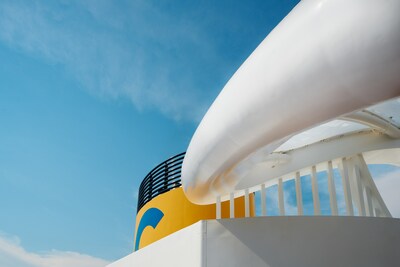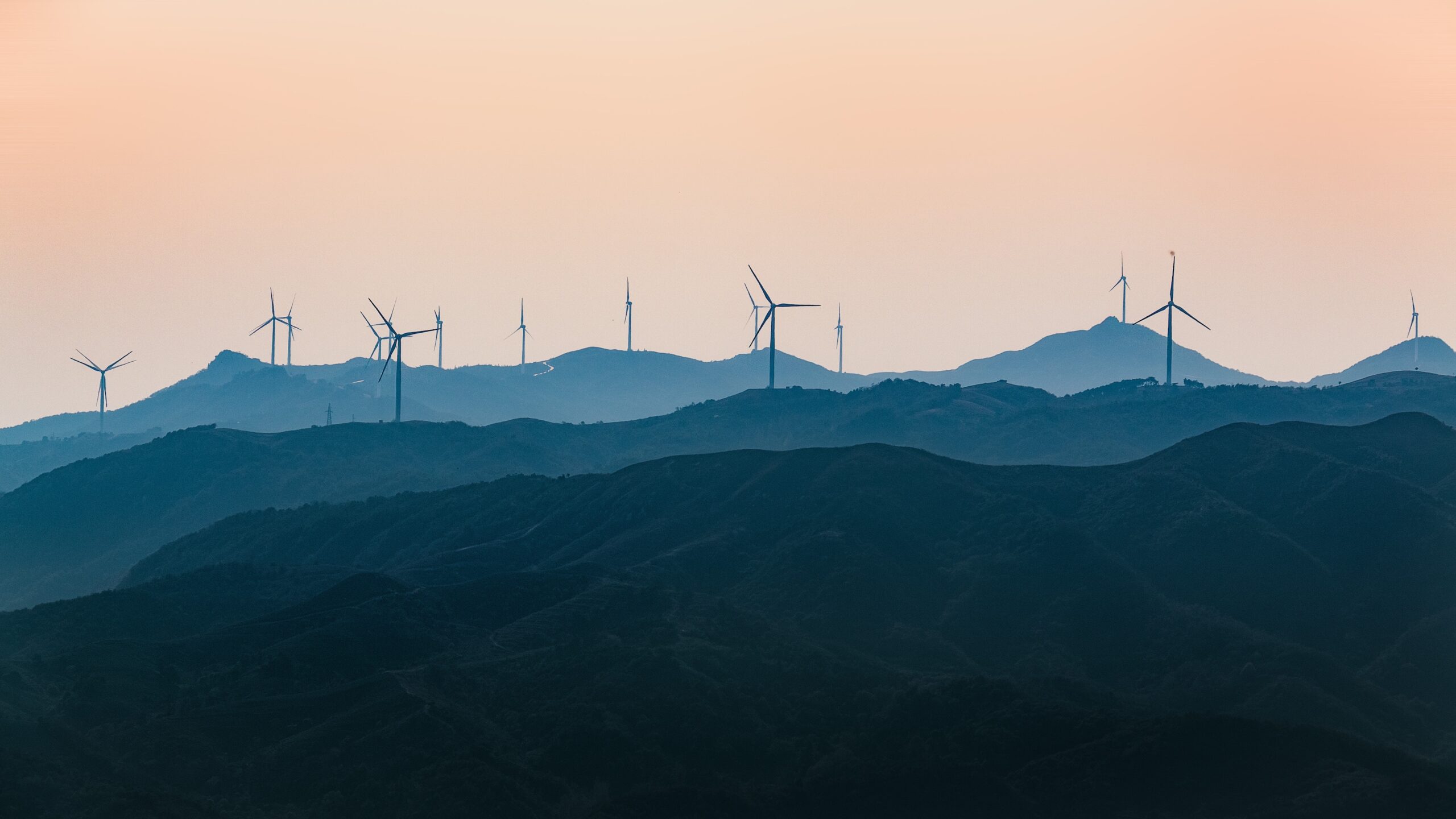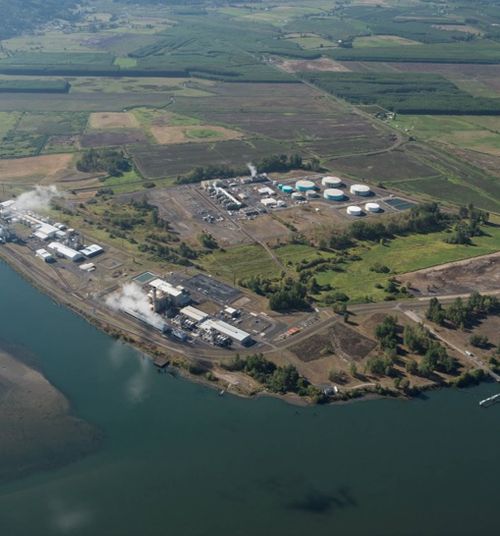Versogen, an electrolyzer startup, is conducting a Series B capital raise, with the aim of closing the round in the coming weeks, CFO Tim Krebs said in an interview.
The Delaware-based maker of anion exchange membrane electrolyzers is seeking to raise multiples of its Series A capital raise, Krebs said, which was a $14.5m round completed in May, 2022.
Proceeds from the Series B would allow the company to complete development of its AEM electrolyzer, a 1 MW modular hydrogen generation system, Krebs said. The company is not using a financial advisor.
The Series A funding round was led by Doosan Corporation and its affiliate HyAxiom. Other investors include The Chemours Company, TechEnergy Ventures, Wenstone H2Tech, TOP Ventures America, a CVC arm of Thai Oil Public Company Limited, DSC Investment and CN Innovations Investments Limited.
Krebs, a former investment banker who has been the CFO of three energy technology companies, expects some existing investors will also participate in Versogen’s Series B round.
Versogen is led by co-founder and CEO Yushan Yan, an electrochemical engineer and inventor. The company touts a technology using low-cost construction materials like an alkaline electrolyzer but a more efficient production process akin to a membrane-based PEM electrolyzer.
Market dynamics
The capital raise is taking place amid a crowded field of electrolyzer startups looking to raise money in order to finalize designs and cement commercial opportunities.
Among others, Electric Hydrogen, a PEM electrolyzer startup, recently raised a $380m Series C; Verdagy raised a $73m Series B in August; and HyAxiom, a developer and manufacturer of fuel cell and electrolyzer solutions, completed a $150m private placement of convertible preferred stock in July.
At the same time, growth equity as well as Series A and Series B funding for climate tech dropped significantly through the first half of 2023.
Series A funding fell 36%, while Series B funding dropped 20% and growth equity investments fell by 64%, according to data from Climate Tech Venture Capital. Series C funding dropped by 72% in 1H23 compared to the same period last year, the same data shows.
Still, the market for electrolyzers is supported by undersupply as green hydrogen projects advance around the world.
James Bowe, a partner at King & Spalding who is advising on several large green hydrogen projects, said the three top manufacturers of electrolyzers are sold out for the next three to four years, potentially providing an opportunity for startups to fill the gap. Bowe made the comments yesterday during a panel at the Reuters North America Hydrogen conference in Houston.
Additionally, several catalysts for further electrolyzer demand are on the near-term horizon. The US Department of Energy is expected to announce the winners of up to $8bn in government funding for hydrogen hubs this week, while guidance from the IRS detailing rules to qualify for green hydrogen tax credits should be issued in the coming months.
Further clarity on government support for the hydrogen industry is expected to spur many projects toward final offtake arrangements and final investment decisions, experts say.






